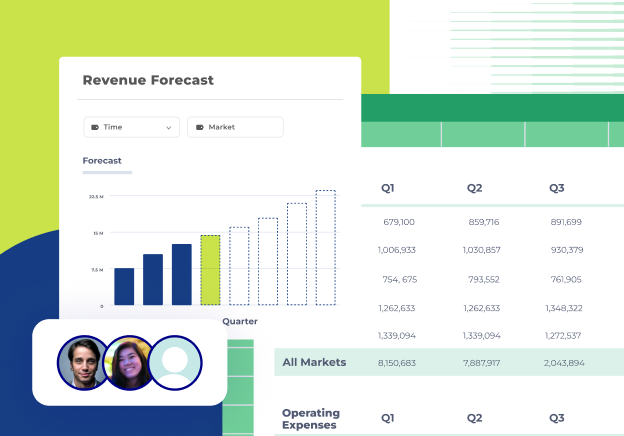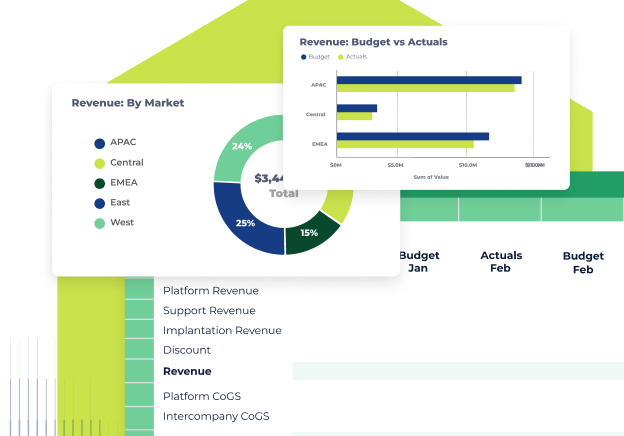Cube
☰




Product

Solutions

resources

Company



.png)









.png)
.png?upscale=true&upscale=true&width=560&name=Untitled%20design%20(5).png)

-1.png?upscale=true&upscale=true&width=245&name=how-to-empower-non-financial-executives-to-understand-the-numbers%20(2)-1.png)


